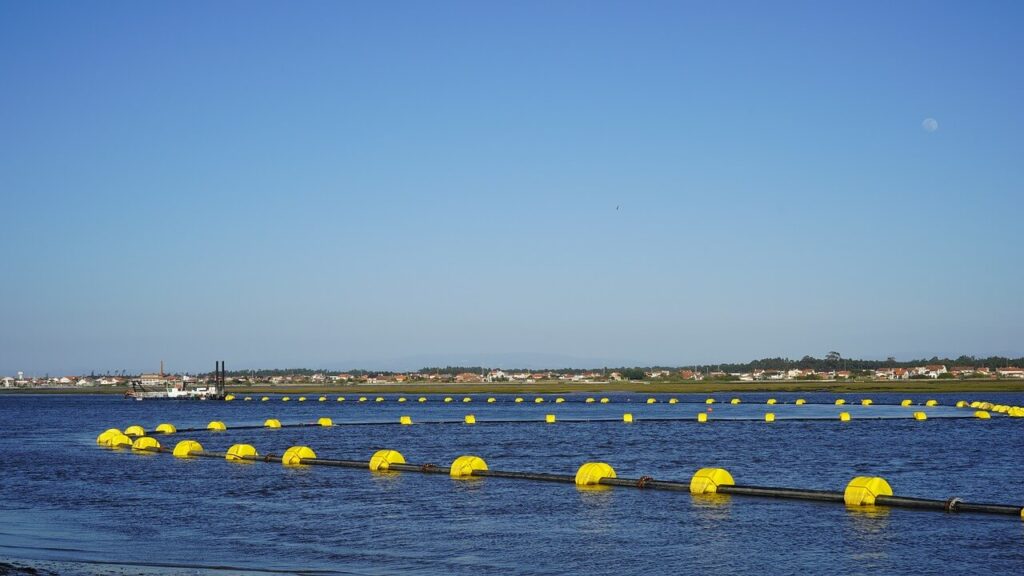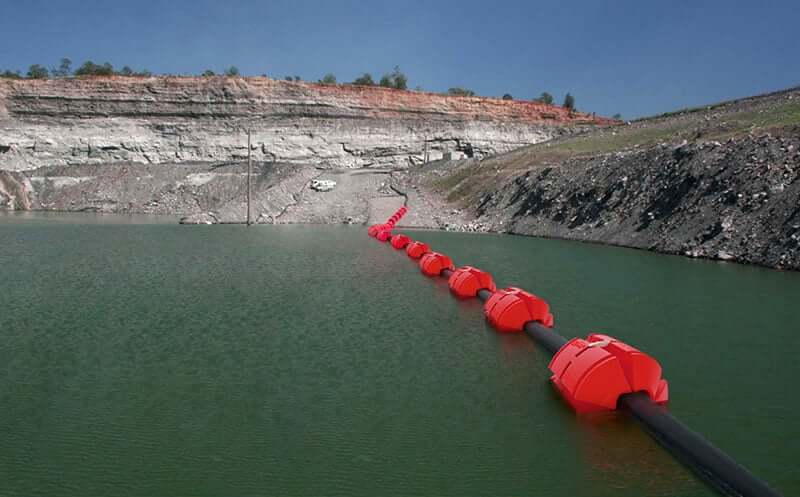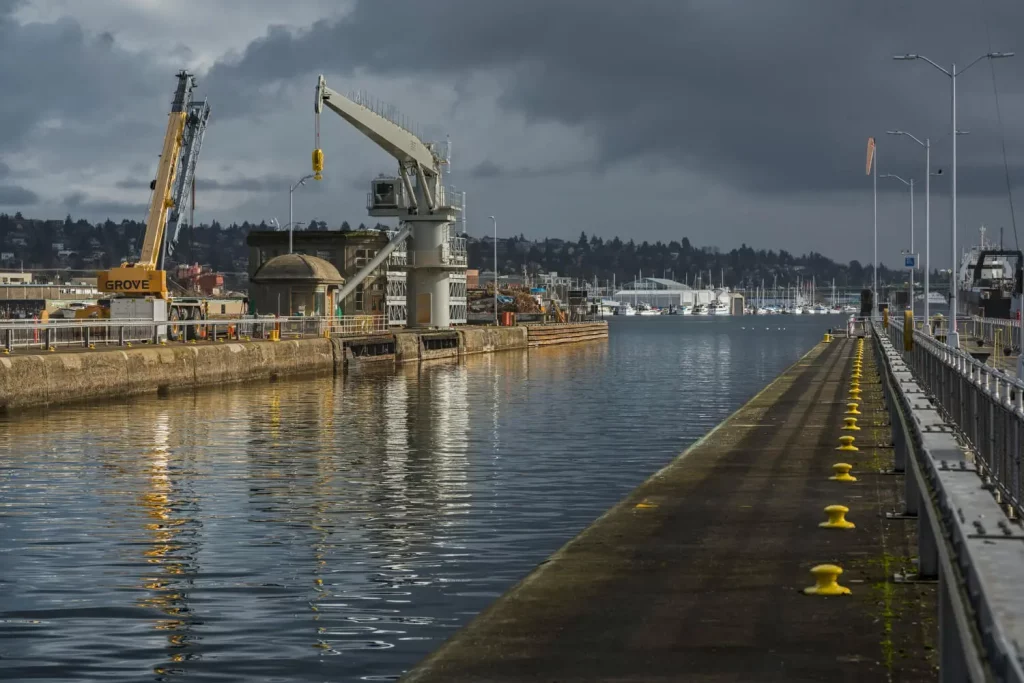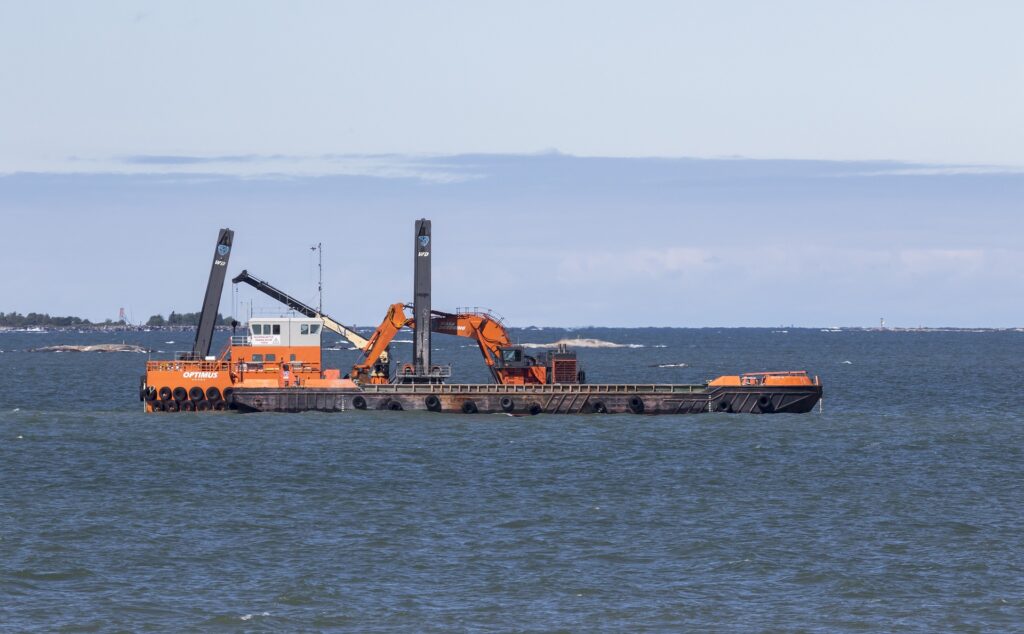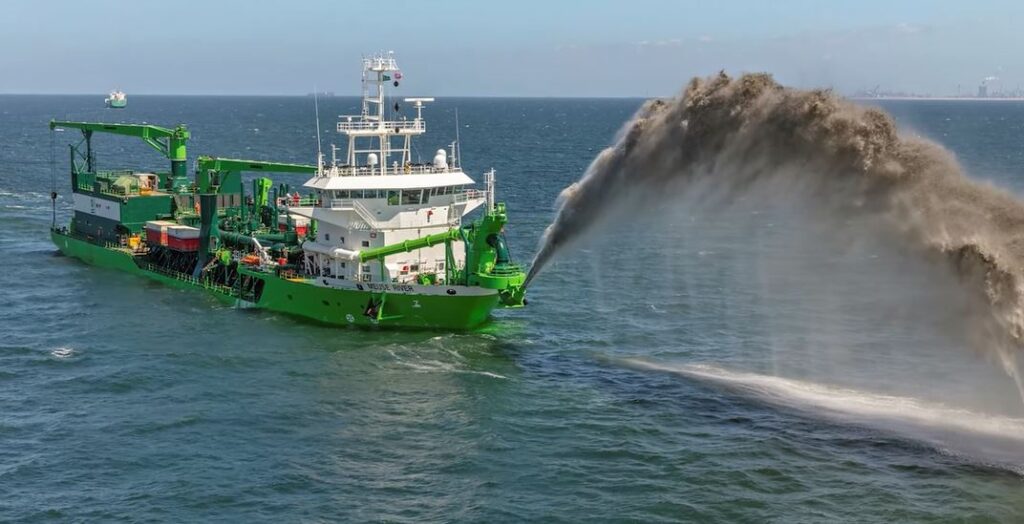Advanced Pipeline Dredging and Sediment Removal Techniques for Efficient Sediment Management
Effective sediment management is a critical aspect of maintaining healthy marine environments and keeping waterways navigable. Without proper sediment removal techniques, sediment buildup can lead to blockages in rivers, harbors, and other water channels, disrupting trade, transportation, and marine ecosystems. Dredging plays an essential role in removing excess sediment, ensuring that waterways remain functional. Pipeline dredging, a widely used method, involves removing sediment and transporting it through pipelines to designated disposal sites. By using advanced sediment removal techniques and pipeline systems, including marine pipeline floats, the process becomes more efficient, reducing environmental impact while maximizing productivity in marine and offshore operations. 1. Key Components of Pipeline Dredge Systems Pipeline dredge systems consist of several critical components that work together to ensure the effective removal and transport of sediment. The primary elements include dredgers, pipelines, and marine pipeline floats. Dredgers, such as cutter suction dredgers and trailing suction hopper dredgers, are responsible for excavating sediment from the seabed or riverbed, which is a crucial part of sediment removal techniques. Pipelines, typically made of durable materials like high-density polyethylene (HDPE) or steel, serve as the transportation channel for the dredged material. These pipelines extend from the dredger to the disposal site, ensuring that sediment is moved efficiently without disrupting the surrounding environment, an essential factor in effective sediment management. Marine pipeline floats are vital to this process, as they provide buoyancy and stability to the pipeline system. These floats keep the pipelines suspended above the water, preventing them from sinking to the seabed, where currents, debris, or rough terrain could damage them. By maintaining a consistent and stable pipeline position, marine pipeline floats enable smooth and uninterrupted transportation of sediment, even in challenging marine conditions. 2. Advanced Dredging Techniques for Sediment Management Advances in dredging technology have significantly improved the efficiency and precision of sediment removal techniques, allowing for more sustainable and effective sediment management. Several modern dredging techniques have emerged as key contributors to this progress. Cutter Suction Dredging: One of the most commonly used methods, cutter suction dredging involves a rotating cutter head that loosens and breaks up sediment before it is sucked through a pipeline for transportation. This technique is particularly effective in handling hard or compacted materials such as clay, gravel, or even rock. Trailing Suction Hopper Dredging: Another advanced technique is trailing suction hopper dredgers (TSHDs), which are equipped with suction pipes that drag along the seabed, collecting loose sediment into a hopper. Once full, the sediment is transported to a designated disposal area. This method is ideal for large-scale projects involving soft sediments like sand and mud. Technological improvements in precision and automation complement these advanced sediment removal techniques. Modern dredging equipment can be equipped with GPS-guided systems and real-time data monitoring, enabling operators to dredge with greater accuracy. This not only improves efficiency but also minimizes the risk of over-dredging, which can lead to environmental damage and hinder effective sediment management. Floating pipeline systems, supported by marine pipeline floats, further enhance the efficiency of sediment removal. The flexibility of these systems allows pipelines to be easily adjusted and positioned, accommodating the dynamic conditions of marine environments. Whether in shallow coastal waters or deeper offshore locations, floating pipelines ensure that dredging operations can continue smoothly without interruption. 3. Environmental Considerations in Pipeline Dredge System While the pipeline dredge system is an essential activity for effective sediment management, it has its environmental challenges. Dredging can disturb marine ecosystems, displacing wildlife and altering habitats. Additionally, the resuspension of sediment into the water column can lead to turbidity, which reduces water quality and affects aquatic life. To address these challenges, modern dredging operations employ sediment removal techniques that minimize environmental impact. Precision dredging, as mentioned earlier, plays a crucial role in reducing unnecessary disturbance to the seabed. By targeting only the areas that require sediment removal, operators can limit their footprint and avoid excessive disruption to marine habitats. Eco-friendly materials and practices are also becoming more prevalent in pipeline dredging systems. For example, floating pipeline systems can be designed using environmentally sustainable materials that have a reduced impact on marine life. Additionally, biodegradable lubricants and coatings for dredging equipment are used to prevent harmful substances from entering the water, ensuring that sediment removal techniques contribute to effective sediment management without damaging marine ecosystems. Another important consideration is the use of environmental monitoring systems that track water quality and marine biodiversity before, during, and after dredging operations. These systems provide real-time data on the impact of sediment removal techniques, allowing operators to make adjustments to minimize ecological damage. Ultimately, the goal is to implement sediment removal techniques that balance operational efficiency with environmental sustainability. 4. Overcoming Common Challenges in Pipeline Dredging Pipeline dredging, while highly effective, comes with several challenges that must be managed to maintain efficiency. Common issues include pipeline blockages, equipment wear and tear, and the risk of leakage during sediment transport. These challenges can disrupt operations, causing delays, increased costs, and project setbacks. To ensure the success of effective sediment management, it’s crucial to implement reliable sediment removal techniques that address these issues. By optimizing sediment removal techniques, operators can minimize downtime, prevent costly repairs, and maintain the smooth transport of materials throughout the dredging process. One of the primary solutions to these challenges is regular maintenance of dredging equipment and pipelines. Routine inspections and cleaning can prevent blockages from occurring, while the use of high-durability materials in pipelines ensures longevity and reduces the risk of equipment failure. Marine pipeline floats, made from robust materials like polyethylene, also contribute to the overall resilience of the pipeline dredge system. Incorporating real-time monitoring systems helps detect issues early, allowing for timely intervention and reducing the chances of costly breakdowns. By keeping track of the pipeline’s condition and the flow of dredged materials, operators can ensure a smooth and uninterrupted dredging process. Conclusion Advanced pipeline dredging techniques play a vital role in effective sediment management, ensuring that waterways remain clear and navigable while minimizing environmental impact. By leveraging modern

